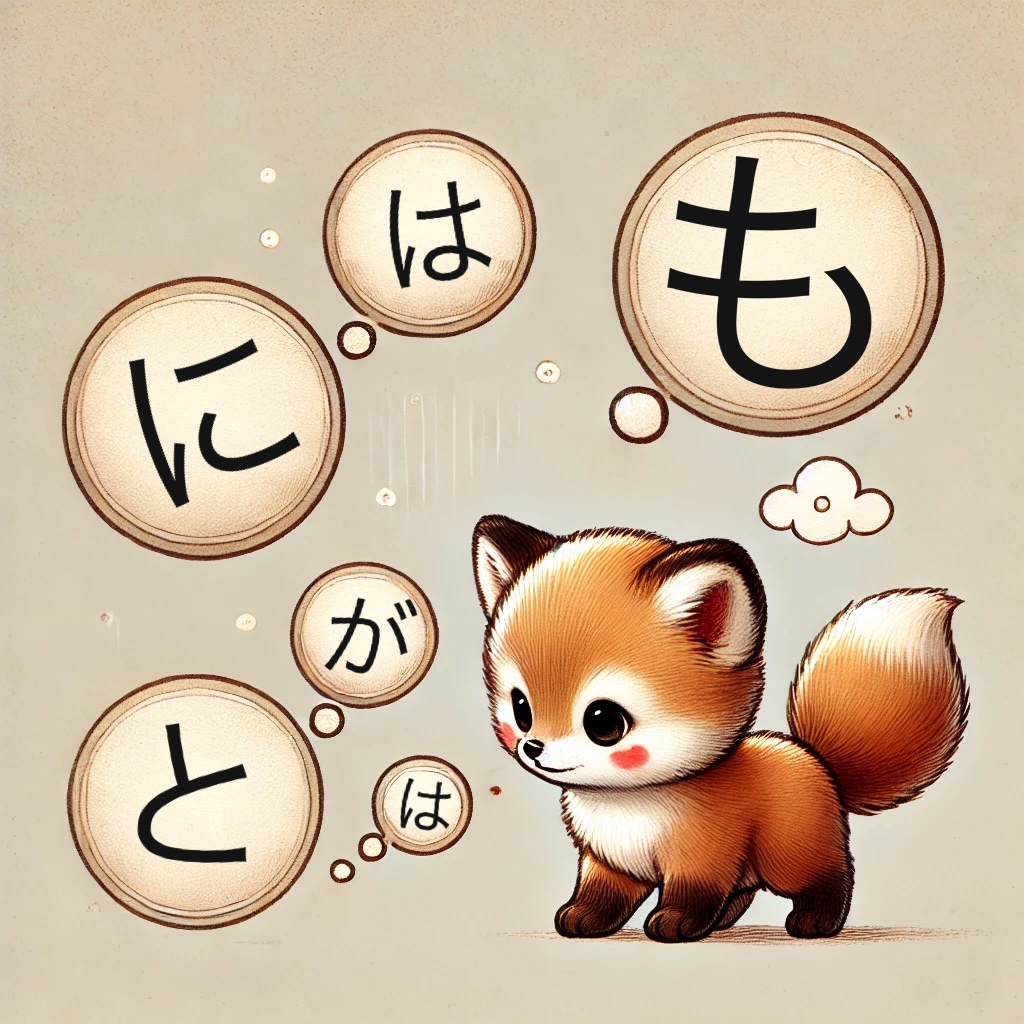Introduction
In the world of language learning, the journey to fluency in Japanese is often fraught with obstacles. Many learners find themselves stuck on the “Intermediate Plateau,” where progress slows and fluency seems elusive. Enter Japanese Complete—a meticulously crafted curriculum designed to propel learners beyond this plateau and towards mastery. By leveraging the Balanced Corpus of 2011 and an innovative teaching sequence, Japanese Complete provides a structured, efficient, and ultimately victorious path to Japanese fluency.

The Challenge: Bridging the Gap to Fluency
Japanese, like all languages, is rich with nuances that challenge even the most dedicated learners. The typical learning resources available today often lead students to an intermediate level but fail to provide a clear path to true fluency. The gap between being able to hold a basic conversation and achieving a deeper understanding of the language—enabling one to read, write, and engage with native speakers confidently—remains daunting.
This gap is where Japanese Complete shines. The curriculum is designed not just to teach the basics but to provide learners with the tools they need to fully master the language. It takes into account the unique structure of Japanese, where the sentence order differs from English (SVO to SOV), and emphasizes the importance of particles—those small yet powerful words that dictate the relationships between elements in a sentence.
Understanding Japanese Grammar: The Role of Particles
Particles in Japanese, known as joshi in Japanese, are essential grammatical markers that glue sentences together. They define who is doing what, where, when, and how—playing a role similar to English prepositions and suffixes. For example, particles like は (wa), が (ga), and に (ni) help indicate the subject, object, and direction of an action, respectively. Understanding these particles is crucial for constructing meaningful sentences in Japanese, and Japanese Complete places them at the forefront of its teaching strategy.
By focusing on 235 carefully selected particles, Japanese Complete ensures that learners grasp the most important elements of Japanese grammar early on, building a strong foundation for more advanced study.
Kanji and Verbs: The Building Blocks of Japanese Literacy
Kanji, the complex characters borrowed from Chinese, are often seen as one of the biggest hurdles in learning Japanese. Yet, they are also the key to unlocking true literacy. Japanese Complete addresses this challenge head-on by focusing on the 777 kanji that provide 90% coverage of the kanji found “in the wild,” according to the Balanced Corpus of 2011. This selection isn’t random—it’s the result of careful analysis and a deep understanding of the language.
But kanji alone isn’t enough. Japanese verbs, with their various conjugations and forms, also play a crucial role in fluency. Japanese Complete includes 555 carefully chosen verbs that cover a broad spectrum of everyday usage, ensuring that learners are equipped to understand and construct sentences in a wide range of contexts.
Achieving 90% Comprehension: The Path to Mastery
The goal of Japanese Complete is simple: to get learners to 90% comprehension of Japanese in real-world situations. This isn’t just about recognizing words—it’s about understanding the meaning behind them, the nuances of their usage, and the cultural context in which they are used.
Achieving this level of comprehension requires resilience, dedication, and joyful repetition. The Japanese Complete curriculum is designed to be both rigorous and engaging, guiding learners through a series of sprints and training exercises that build their skills incrementally. By focusing on high-frequency elements—such as the 777 kanji, 235 particles, and 555 verbs—learners can make rapid progress and see tangible results.
Leveraging the Balanced Corpus
The Balanced Corpus of Contemporary Written Japanese (BCCWJ) is a linguistic resource that provides a representative sample of modern Japanese. It includes a variety of text types—such as newspapers, novels, and academic writing—each carefully weighted to reflect its presence in everyday usage. For example, while poetry might make up a small percentage of the corpus, newspapers and novels are more heavily represented, ensuring that learners are exposed to language as it is most commonly used.
By basing the Japanese Complete curriculum on this corpus, we ensure that learners are not just memorizing words and phrases in isolation but are gaining a deep understanding of how the language works in practice.
The Future: Multiplayer Learning and Beyond
Looking to the future, Japanese Complete is poised to introduce an exciting new feature: multiplayer kanji, particle, and verb quizzes. These quizzes will allow learners to test their knowledge against others in real-time, providing both motivation and reinforcement of what they’ve learned. The multiplayer quizzes will be rolled out one at a time as we perfect each aspect of the game, ensuring a high-quality experience for all users.
To stay updated on the release of these quizzes and other exciting developments, sign up for the Miso Fluent Postcard. As a subscriber, you’ll be the first to know when the free, always-on multiplayer game is available, and you’ll gain access to exclusive content and updates about the Japanese Complete platform.
MisoFluent Postcard signup: >>> https://miso.beehiiv.com <<<
Conclusion
Japanese Complete is more than just a language course—it’s a comprehensive path to fluency. By focusing on the elements that truly matter, and by leveraging the latest in educational technology, we’re making it possible for learners to achieve mastery in Japanese. Whether you’re just starting out or looking to break through the Intermediate Plateau, Japanese Complete is designed to guide you every step of the way.